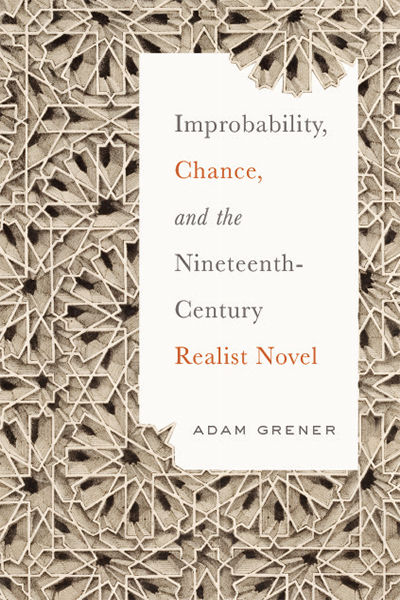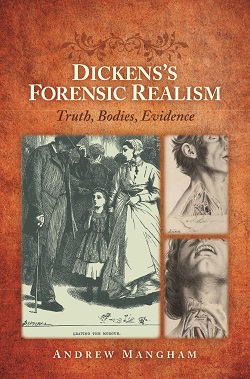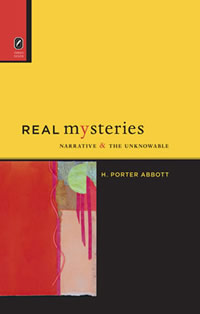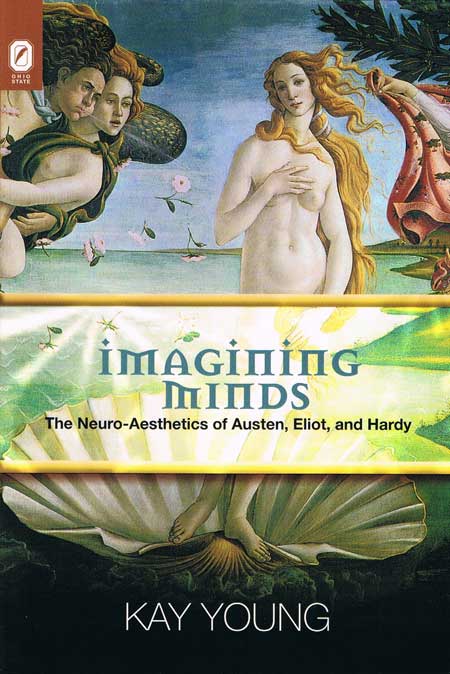“Improbability, Chance, and the Nineteenth-Century Realist Novel redefines the goals of realism from Persuasion (1817) through The Return of the Native, a scope that broadens its appeal beyond the interests of Victorianists working in the intersection of the novel and mathematics . . . That [this book] inspires as many questions as it answers is testament to the strength of the historical and theoretical foundation Grener has built.” —Richard Allberry, Victorian Studies
“This book powerfully addresses what might seem to be one of the great stumbling blocks of nineteenth-century realism: its reliance on chance and coincidence, on the improbable. The knowledge and scholarship on display here are impressive and convincing.” —Richard Menke
“Adam Grener’s book shows us both where to find the improbable and why to pay attention to it. This is the type of book that I like, combining a close attention to form with a broad but manageable historical sweep, from Austen to Hardy. It is well researched, well written, and compellingly argued.” —Jesse Molesworth
In Improbability, Chance, and the Nineteenth-Century Realist Novel, Adam Grener advances a new approach to evaluating realism in fiction by arguing that nineteenth-century literary realism shifted attention to the historical and social dimensions of probability in the period’s literature. In an era in which probability was increasingly defined by statistical concepts of aggregation and abstraction, the realist writers discussed here turned to chance and improbability to address representational problems of contingency, difference, and scale.
Contemporary thinking about probability came to recognize the variability and even randomness of the world while also discovering how patterns and order reemerge at scale. Reading chance as a tension between randomness and order, Grener shows how novels by Jane Austen, Sir Walter Scott, Charles Dickens, Anthony Trollope, and Thomas Hardy resist the demands of probabilistic representation and develop strategies for capturing cultural particularity and historical transformation. These authors served their visions of realism by tactically embracing improbability in the form of coincidences, fatalism, supernaturalism, and luck. Understanding this strategy helps us to appreciate how realist novels work to historicize the social worlds and experiences they represent and asks us to rethink the very foundation of realism.
Adam Grener is a Senior Lecturer in the English Programme at Victoria University of Wellington.
Contents
Acknowledgments
Introduction Realism and the Improbable
Part 1 Realism and Difference
Chapter 1 Probability, Particularity, and the Uncertain Futures of Austen’s Very Minor Characters
Chapter 2 Reading Chance, Encountering Otherness in Scott
Part 2 Chance and Scale
Chapter 3 Dickensian Coincidence, Cognitive Mapping, and the Victorian Metropolis
Chapter 4 Odds, Statistics, and Chance: Problems of Causality in the Trollopean Bildungsroman
Chapter 5 Chance, Historicism, Hardy
Coda The Difference of Scale
Works Cited





